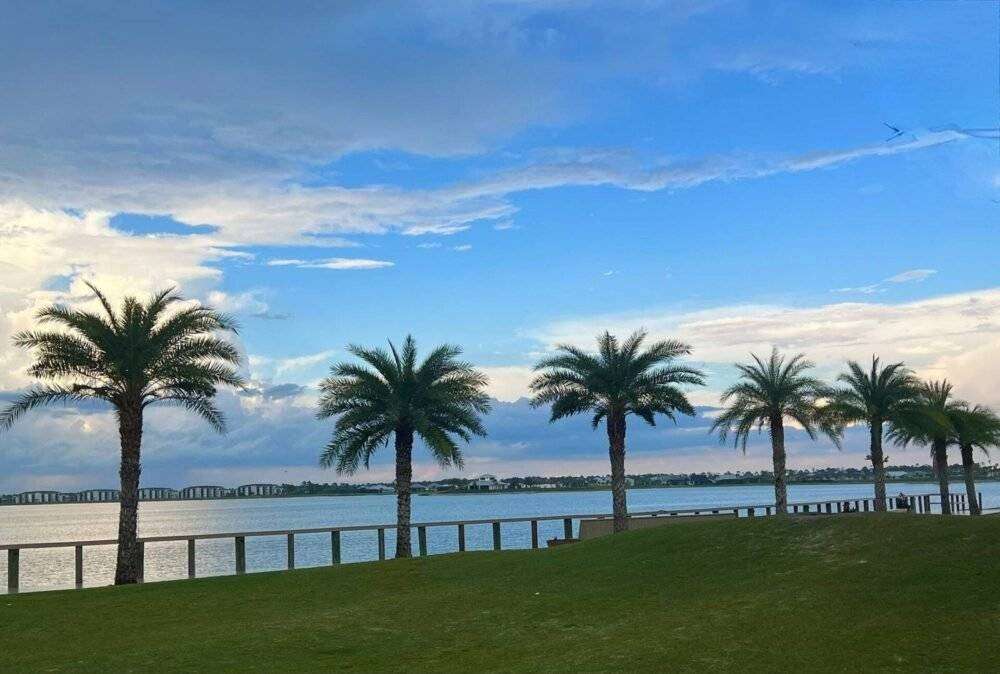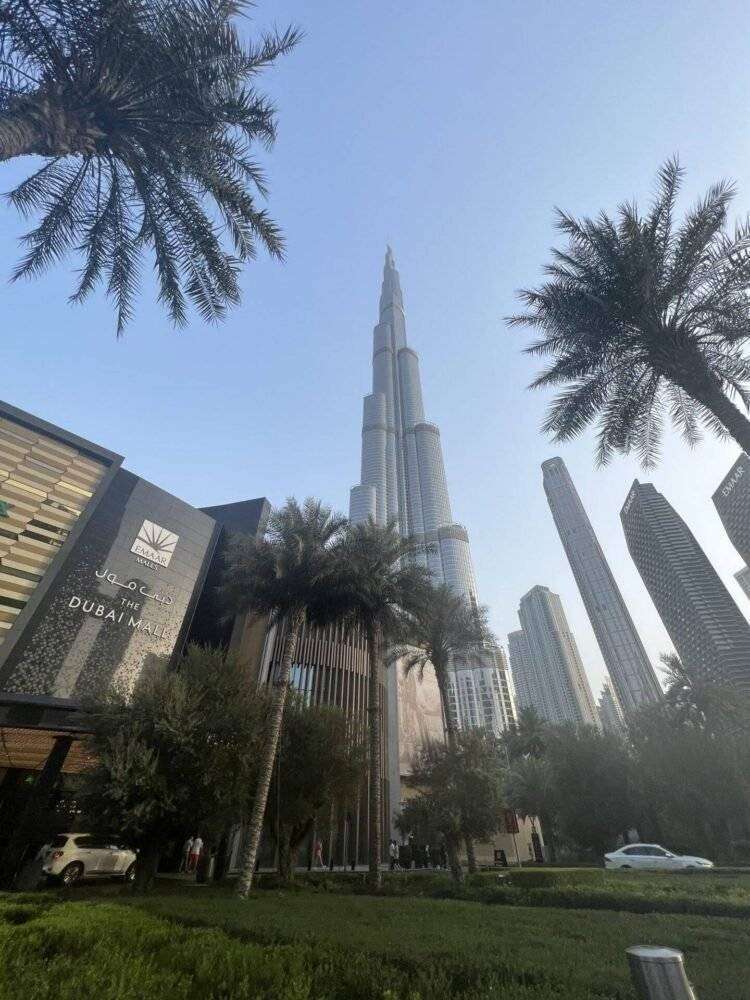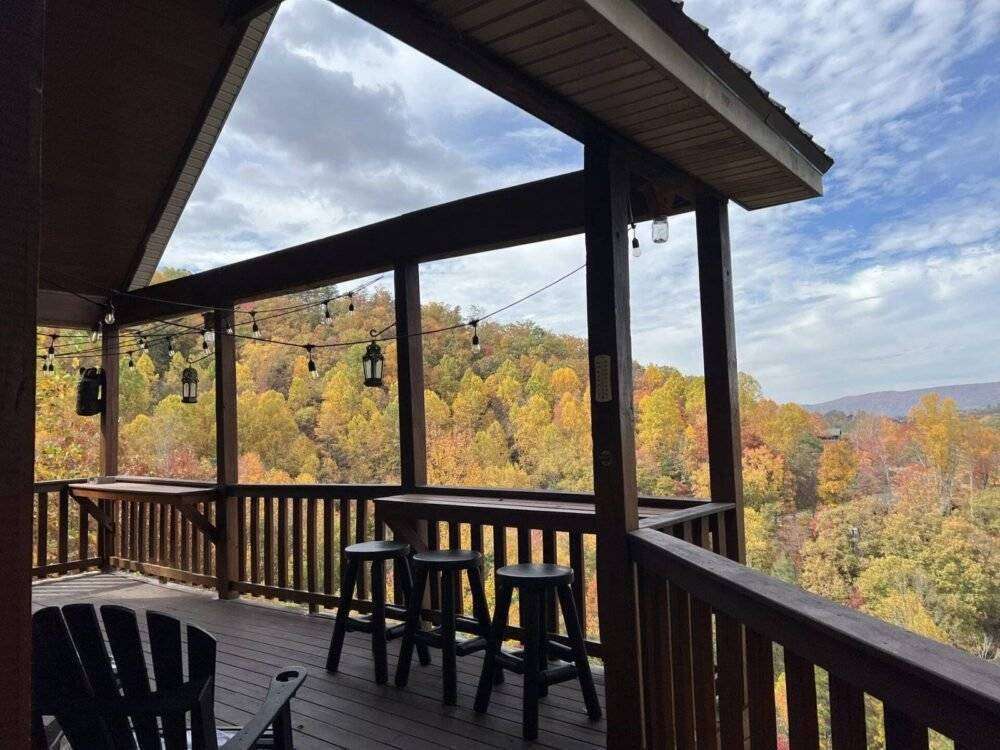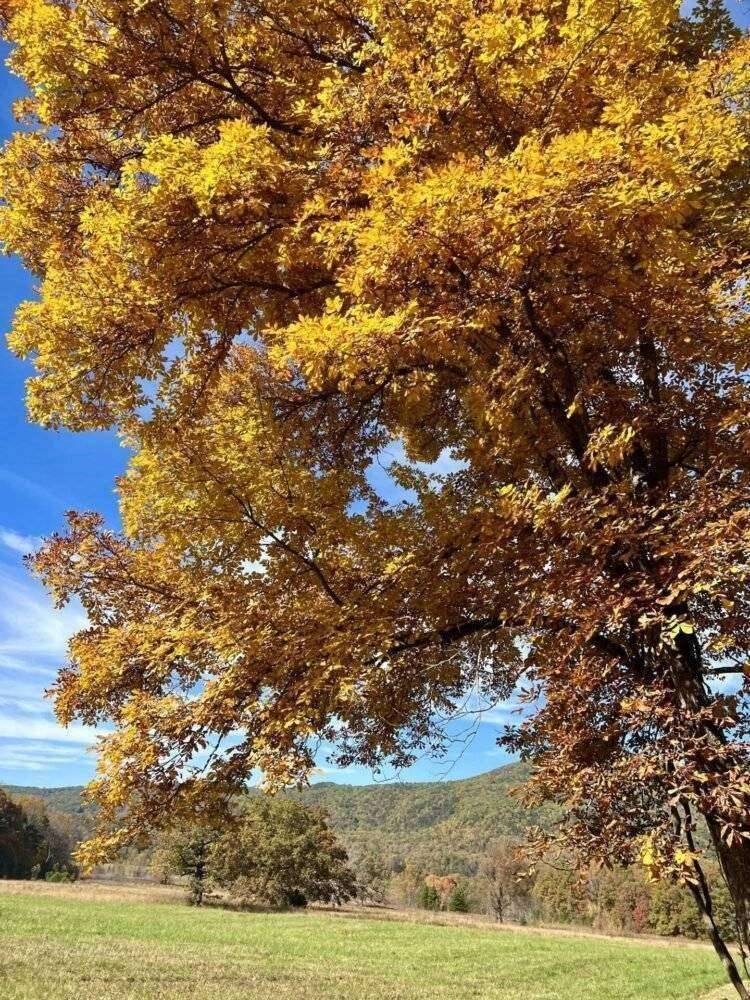Nestled within the towering embrace of the Himalayan mountains, where the air is so thin you could practically breathe clouds, lies a city that’s ready to take your travel game to new heights. Welcome to Kathmandu! This ain’t your average city exploration. Oh no, here in the capital of Nepal, you’re not just dealing with traffic and tourist traps, you’re navigating life at high altitude. It’s like being on top of the world, except you’re not conquering mountains—no, you’re conquering yourself. As the legendary Sir Edmund Hillary once said, “It is not the mountain we conquer, but ourselves.” And let me tell you, Kathmandu is just the beginning of an extraordinary adventure that’ll make you feel twice as badass.
Table of Contents
High Hopes in the Heart of Nepal
Sitting pretty at 1,400 meters (4,600 feet) above sea level, Kathmandu elevation isn’t just a fancy number. It’s a defining feature that pumps up the volume in this vibrant metropolis. Believe me, the thin air isn’t the only thing that’ll leave you breathless. Here, every step you take brings you closer to the sky and deeper into a cultural tapestry.
Now, let’s embark on this adventure together, where every step you take is a step closer to feeling on top of the world. Let’s get high on the sights, sounds, and triumphs of Kathmandu.
Also Read: Best hiking treks in Nepal
Different Kathmandu Elevations
- Kathmandu Valley Floor:
- Kathmandu Elevation is Approximately 1,400 meters (4,600 feet) above sea level.
- This is the central area of Kathmandu, where the majority of the city’s population resides. It’s also the location of many historic and cultural sites.
- Nagarkot:
- Elevation: About 2,195 meters (7,200 feet) above sea level.
- Nagarkot is a popular hill station located east of Kathmandu. It offers stunning panoramic views of the Himalayan Mountain range, including Mount Everest, on clear days.
- Dhulikhel:
- Elevation: Approximately 1,550 meters (5,085 feet) above sea level.
- Dhulikhel is another picturesque town in the Kathmandu Valley known for its mountain views and preserved Newari culture.
- Namo Buddha:
- Elevation: Around 1,750 meters (5,740 feet) above sea level.
- Namo Buddha is a sacred Buddhist pilgrimage site where a young prince is said to have offered his own flesh to a starving tigress, demonstrating the value of compassion in Buddhism.
- Swayambhunath Stupa (Monkey Temple):
- Elevation: Approximately 1,400 meters (4,600 feet) above sea level.
- This iconic stupa is located atop a hill west of Kathmandu and offers panoramic views of the city and the surrounding valley.
- Langtang Valley:
- Elevation: Varies along the trek, but it can reach altitudes of over 4,000 meters (13,000 feet) at the highest points.
- The Langtang Valley is a popular trekking destination north of Kathmandu. It’s known for its stunning landscapes and remote villages.
- Helambu Region:
- Elevation: The region varies in altitude, with lower areas around 1,500 meters (4,900 feet) and higher regions exceeding 3,500 meters (11,500 feet).
- Helambu is famous for its trekking routes, terraced fields, and interactions with the local Tamang and Sherpa communities.
- Everest Base Camp:
- Elevation: The base camp itself is situated at approximately 5,364 meters (17,598 feet) above sea level.
- This iconic trek takes you through various altitude zones, from Lukla to the base camp, offering breathtaking views of the world’s highest peak, Mount Everest.
The Heights of Kathmandu
Kathmandu Elevation: Where Earth Meets Sky
Today, we’re taking on the heights of Kathmandu, where the air is thin, the views are epic, and your Instagram game is about to reach new levels. We’re talking about a city that’s nestled within the foothills of the mighty Himalayas, sitting pretty at an elevation of 1,400 meters (or for us Americans, 4,600 feet) above sea level. But why, oh why, is this city so up in the sky? And what the heck does its elevation have to do with geology?
Elevation and Geological Significance
Kathmandu didn’t just randomly decide to set up shop at this specific altitude. No, no, my friends. Its very existence is rooted in the dramatic collision of tectonic plates millions of years ago, creating what we now call the Kathmandu Valley. This geological event not only gave birth to the majestic Himalayan Mountain range (cue angelic chorus), but it also formed a natural bowl-shaped valley that cuddles our beloved Kathmandu.
Daily Life in Thin Air
Now, let’s talk about daily life in the clouds, shall we? Living at this elevation isn’t for the weak-hearted (or weak-lunged, for that matter). Newcomers to Kathmandu often experience the need for acclimatization as their bodies adjust to the reduced oxygen levels, like a queen adapting to a new reality TV show. But fear not, my intrepid adventurers! Once you’ve conquered the slight breathlessness and embraced the thin mountain air, you’ll feel invigorated by the crisp breezes that infuse every step you take with a sense of vitality.
Kathmandu’s Elevation in Trivia
Did you know that Kathmandu elevation often puts it above the clouds, giving residents and visitors surreal views of a fluffy sea of white below? Talk about a serious flex, am I right? And that’s not all! The altitude has even influenced the local cuisine, with dishes designed to provide sustenance and warmth in the cooler mountain climate.
As we deepen our understanding of this mind-boggling elevation, you’ll come to realize that Kathmandu’s sky-high location isn’t just some freak accident of geography. No, no, my fearless friend, it’s a defining feature that shapes the city’s identity and daily life.
Elevate Your Experience: Kathmandu’s Rooftop Vistas
So, you’re in Kathmandu, and you’re tired of looking at everything from ground level. Well, fret not, my fearless solo traveler, because we’re about to take you to new heights – literally. Get ready to immerse yourself in the enchanting world of Kathmandu’s rooftop views.
A Visual Feast Above the Clouds – Where TO Eat
Kathmandu’s skyline is truly a sight to behold. It’s like a Picasso painting, except instead of abstract shapes, you’ve got breathtaking rooftop bars, restaurants, and cafes that offer their own panoramic masterpieces. But hey, why take my word for it when I can show you? Here’s a sneak peek of what you can expect:
- Picture yourself sipping on a cup of steaming chai, surrounded by the majestic peaks of the Himalayas. Yeah, it’s real. You can see the sunrise over the snow-capped peaks from the vantage point of a rooftop in Thamel. Just wow.
- And when the evening rolls around, the Swayambhunath Stupa (also known as the Monkey Temple) takes on a whole new level of mesmerizing. Trust me, it’s as golden as a Kardashian tan.
- Oh, and did I mention the bustling streets below? Imagine dining on traditional momo dumplings and sipping on local Raksi spirits while watching the world go by. It’s like dinner and a show, with a side of cultural immersion.
Timing is Everything
Now, my friend, listen up. If you really want to make the most of your rooftop experience, you gotta nail the timing. Both the time of day as well as the best time of year to visit Nepal. Sure, the views are stunning all day, but why settle for good when you can have mind-blowing?
- Wake up at the crack of dawn, channel your inner early bird, and witness the first rays of sunlight illuminating the majestic Himalayan giants. Head to a rooftop spot between 5:30 AM and 6:30 AM to witness a sunrise that will leave you speechless. Seriously, it’s like nature’s version of a mic drop.
- But if mornings aren’t your thing (and to be honest, they’re not really my thing either), fear not. As the sun sets and the city lights up, Kathmandu transforms into a sea of twinkling lights. Get yourself to a rooftop around 6:00 PM to 7:00 PM to secure a prime seat for an unforgettable evening.
Savor the Moment with Local Delights
Rooftop vistas are great and all, but let’s not forget about our taste buds. They deserve some love too. Lucky for you, Kathmandu has some mouthwatering local delicacies to pair with your breathtaking views. Here are a few must-try dishes and drinks:
Momos: Ah, the delectable dumplings filled with spiced meat or veggies. They are the Nepali equivalent of a comforting hug. Pair them with a mountain view, and you’ve got Nirvana on a plate.
Dal Bhat: The quintessential Nepali meal of lentil soup and rice. It’s like a warm embrace from the Kathmandu skyline. Trust me, this dish is so good, that you’ll be asking for seconds and thirds.
Sherpa tea It is a traditional Himalayan brew of black tea, yak butter, and salt. I know it sounds strange, but trust me, it’s strangely good. Plus, it’s the perfect excuse to wrap your hands around a warm mug and pretend you’re in a cheesy rom-com.
As you indulge in these flavors and soak in the mesmerizing vistas, you’ll discover that Kathmandu’s rooftop experiences are more than just meals with a view; they are journeys to the heart of Nepal’s culture and beauty.
Breathing in the Peaks: Nepal’s High-Elevation Exploration
Alright, y’all, let’s talk about taking on the big boys – I’m talking about the Himalayan mountains. These towering beasts surrounding Kathmandu are like the gods of nature, daring you to climb their majestic heights and explore their pristine wilderness. But before you go all “Into the Wild” on us, let’s cover some essential things you need to know for your altitude adventure.
Prepare for the Ascent
Now, I hate to be a buzzkill, but it’s time to get serious about physical preparedness to trek Mt. Everest. The high altitude can be a real punch in the gut if you’re not ready, and nobody wants to spend their adventure doubled over in pain. So here are some tips to ensure you kick altitude sickness to the curb:
Acclimatization: Give your body some time to adjust to the reduced oxygen levels by spending a few days in Kathmandu or lower-altitude areas. It’s like a gentle warm-up before diving into the main event. Trust me, your body will thank you.
Hydration Station: Water is your new BFF at higher elevations. Carry a trusty reusable water bottle and sip that liquid gold regularly throughout your trek.
Packing Skills 101: When it comes to packing, you gotta think like a survivalist – minus the apocalyptic scenarios, of course. Pack warm clothing, sturdy trekking shoes, and all the essential gear you need to conquer those peaks. Oh, and don’t forget to layer up like a trendy onion so you can adapt to the changing temperatures as you ascend.
Permits and Paperwork
Ah, yes, the necessary evil of bureaucracy. Nepal takes its conservation efforts seriously, which means you’ll need a few permits to enter certain trekking areas. Here’s what you need to know:
TIMS Card: The Trekker’s Information Management System (TIMS) card is like your golden ticket to trekking in Nepal. It helps authorities track trekkers and keep everyone safe. So, make sure you have this little piece of magic with you on your journey.
National Park Permits: If you’re planning to venture into national parks like Sagarmatha (home to Everest) or Langtang, you’ll need some additional permits. These fees contribute to conservation efforts, so you can feel good about doing your part to protect the natural wonders around you.
Special Permits: In some remote or restricted areas, you’ll need special permits to unlock the secrets of those hidden gems. Check with the local authorities or your trusty trekking agency to make sure you have all the necessary paperwork. Remember, the last thing you want is to be turned away like an invite-only party crasher.
Safety First
My fearless friends, safety should always be your number one priority. We want you to come back from your adventure in one piece – preferably with some epic stories to tell. So, keep these safety reminders close to your adventurous heart:
Travel with a Guide: If you’re not an experienced trekker or you just want some company along the way, consider hiring a local guide. These mountain experts know the terrain and the weather and can be your saving grace in case of emergencies. Plus, they might have some epic stories of their own to share.
Emergency Contacts: Share your detailed itinerary and emergency contacts with someone reliable back home. You know, the person who will actually notice if you don’t post a selfie on Instagram for an entire week. And always carry a fully charged mobile phone because, hey, you never know when you’ll need to call a pizza delivery service to the top of a mountain (just kidding, but wouldn’t that be awesome?).
Weather Awareness: Mother Nature likes to keep us on our toes, especially in the heights of the mountains. So always stay vigilant about the weather conditions. Be prepared for sudden changes and have your rain gear at the ready. Remember, a little drizzle won’t stop you, but a monsoon might. Safety first, adventure second.
Altitude Sickness: Your body might have a funny way of telling you it’s not having a good time in the thin air. So, educate yourself about the symptoms of altitude sickness and take them seriously. If things get worse, don’t be a hero – descend to lower elevations and give your body a proper chance to recover. It’s all about knowing your limits and not pushing yourself too hard.
Embarking on an altitude adventure in Nepal is like stepping into a dream, an epic journey that will be etched in your soul forever. But remember, my daring explorer, it’s crucial to approach it with preparation, respect for nature, and a commitment to safety.
Factual Tidbits on Kathmandu
- Kathmandu’s elevation of 1,400 meters (4,600 feet) is relatively moderate compared to other high-altitude destinations in Nepal. This makes it an excellent gateway for trekkers and mountaineers looking to acclimatize before heading into more challenging terrain.
- The city’s name, “Kathmandu,” is said to originate from the ancient Kasthamandap Temple, which means “Wooden Pavilion.” This temple was constructed entirely from wood and is a symbol of the city’s rich architectural heritage.
- On clear nights, it’s possible to see several prominent constellations and even the Milky Way from Kathmandu’s rooftops, thanks to the city’s higher elevation and reduced light pollution.
- Nepal is home to more than 120 different ethnic groups, each with its own language, culture, and traditions. Exploring the diverse cultures in the country adds a unique dimension to high-altitude treks.
- While many visitors come to Nepal for mountain adventures, the country is also known for its lush lowland jungles and wildlife. In the Terai region, you can find national parks like Chitwan and Bardia, home to tigers, rhinos, and a rich array of bird species.
Are you ready to take on the electrifying thrill of solo travel in Kathmandu? Well, strap on your adventure boots, girlfriend, because the time is NOW, and the adventure is yours for the taking! Yes, you heard that right; it’s time to throw caution to the wind and seize the day.
Set your sights high and let the city’s elevation lift your spirits (literally and metaphorically). Don’t be afraid to go it alone, babe. You’ll quickly discover that you’re never really alone in Kathmandu. The city, its people, and its landscapes will all become your companions, guiding you toward unforgettable moments and life-changing experiences. So, while you’re out there, always remember to Travel Till You Drop!
Book Your Trip : Check Out My Resources for Your Travel Needs
Use Skyscanner to find a cheap flight. This is my very first stop when I’m looking for my next trip. It’s a fast, easy-to-use search engine that is perfect for finding an affordable flight, a perfect hotel, and the right rental car for you in locations around the globe.
Book Your Accommodation
If you are looking for a super budget friendly location and are open to a hostel stay, make sure you book your hostel with Hostelworld. It offers the broadest range of quality hostels around the world.
If you’d prefer a hotel or a guesthouse for stays less than 28 days, drop on over to Booking.com It’s perfect for providing excellent options, a ton of user reviews, and prices to fit every budget.
For stays over 28 days, AirBnB still remains my #1 choice. User reviews and monthly pricing allow for some incredible deals all around the world.
Don’t Forget Travel Insurance
Travel insurance is but a small up-front investment that you won’t want to leave home without. After just one experience of having to delay or cancel your trip or having your luggage stolen, you’ll wish you would have made that investment. I’ve hated my life a few times when the moment arose, and I decided to skip out. Let’s just say, I’ve changed my ways and recommend each of the following companies to protect your ass-ets.
My favorite companies are:
- SafetyWing (best for All Travelers)
- World Nomads (best of Adventure Travelers)
- MedJet (great for additional evacuation coverage)
Want to Travel for Free?
Travel credit cards allow you to earn points that can be redeemed for free flights and accommodation — all without any extra spending. Check out my guide to getting free flights to get started.
Ready to Book Your Trip?
Check out my Resource Page for the best companies to help you book your travel at reduced rates! This list will help you get to where you’re going. I know-I use them ALL the time!





